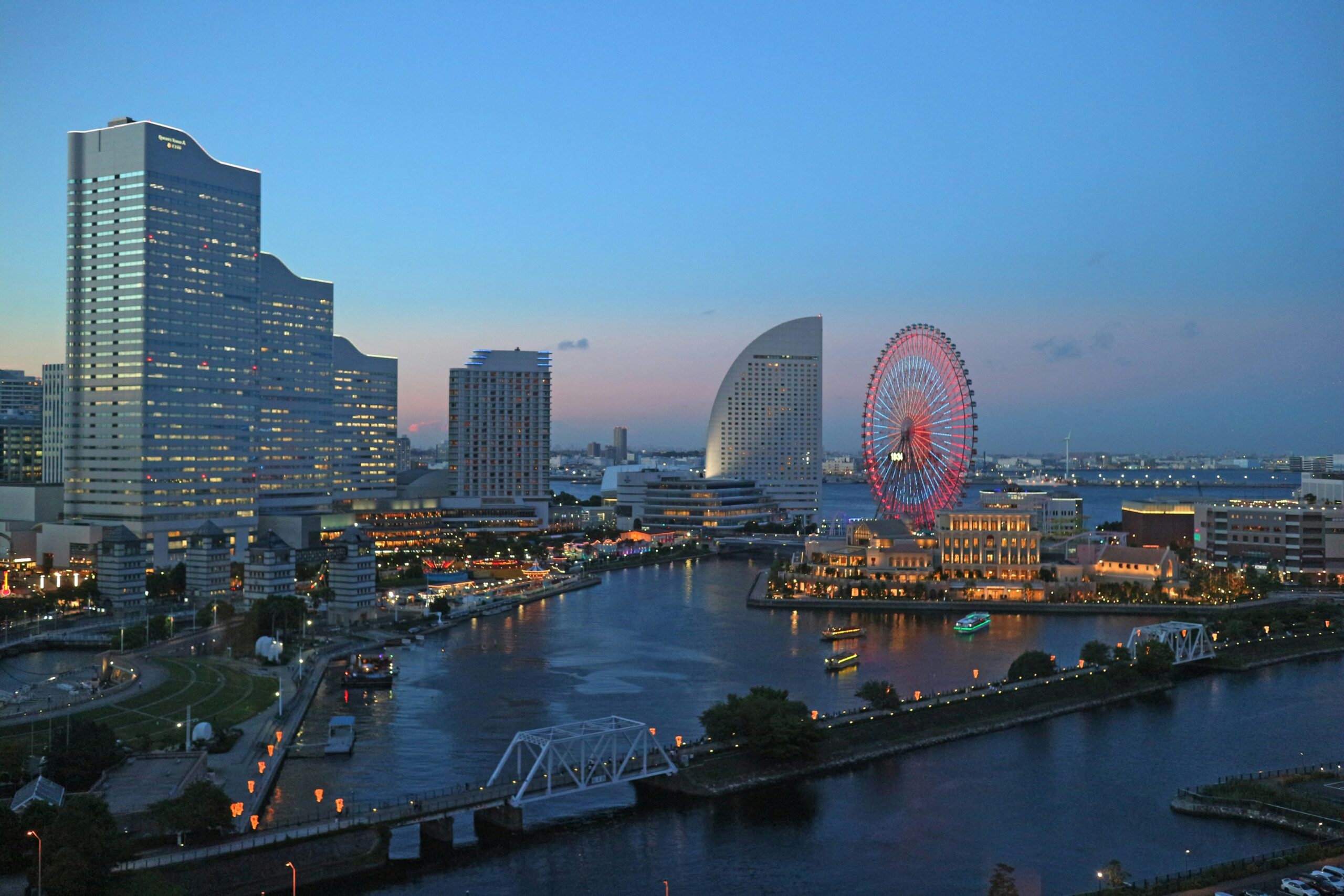It was on a Friday evening, walking home from work, that I first felt the need to get away from Tokyo’s constant motion. After wrapping up a meeting with a client and stepping out from my office in Marunouchi, a breeze brushed past me—and with it came the quiet desire for a different kind of air. Something gentler, more serene, yet carrying the promise of a new perspective. That was how the idea of a weekend trip first took shape.
Yokohama came to me almost by accident. In the hotel lobby where I was staying, I noticed a brochure with the words “Bay Area Yokohama” on the cover. Drawn in, I flipped through its pages. A seaside city, touched by foreign influences and yet distinctly Japanese. Just a short ride from Tokyo—only about 30 minutes by train. Located in the eastern part of Kanagawa Prefecture, it seemed like the perfect distance for a weekend escape.
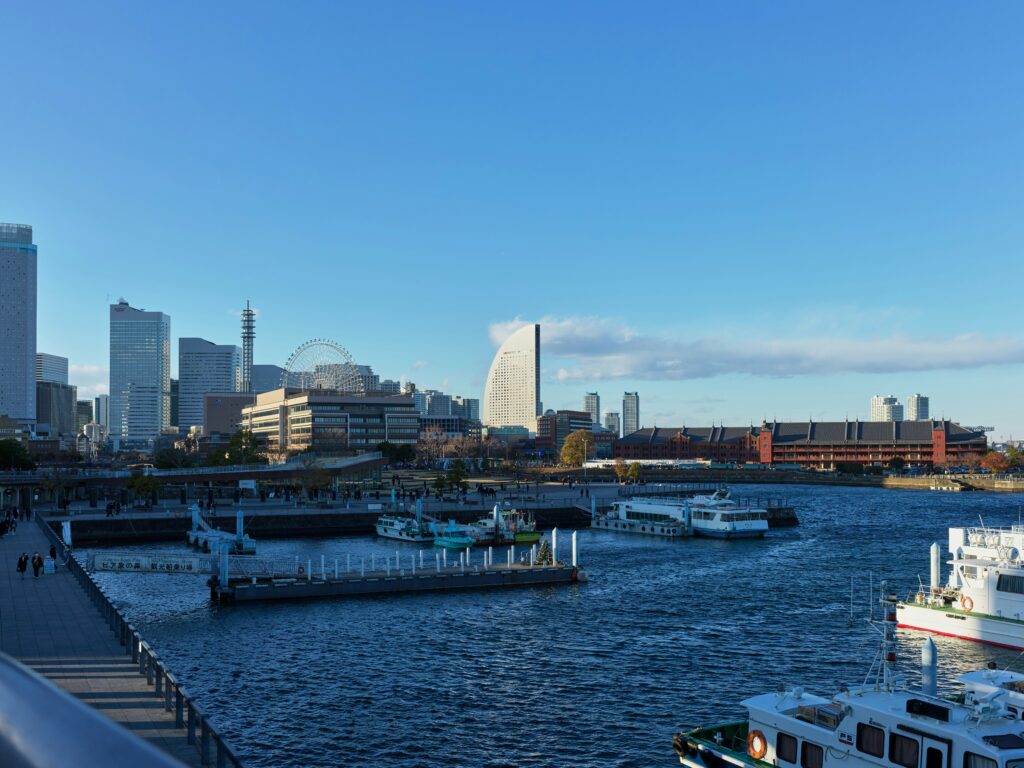
Yokohama was one of the few ports Japan opened to the world during a critical moment in its history. In 1859, after centuries of isolation, the country began trading with the outside world, and Yokohama became a gateway. Western-style buildings rose near the port, as people from America, China, and Britain settled here. Even now, red-brick warehouses, European-style residences, and an atmospheric Chinatown coexist seamlessly with modern skyscrapers—creating a city that feels layered with time and culture.
As I wandered through the Bay Area under the summer sun, the scent of the sea drifted through the air, and a cool breeze occasionally cut through the warmth. Standing at the Osanbashi Pier, where the sea met the sky in a hazy blue horizon, I could almost feel the city slowly untying the knots in my mind. Nearby, Yamashita Park offered shade under leafy trees, where quiet figures sat on benches gazing at the sea. Beyond the quiet sea, white silhouettes of ships drifted slowly, as if carried by the wind. Bright summer flowers lined the walkways. The humidity of a Japanese summer can be overwhelming, almost clinging to your skin, but here the breeze made me forget it.
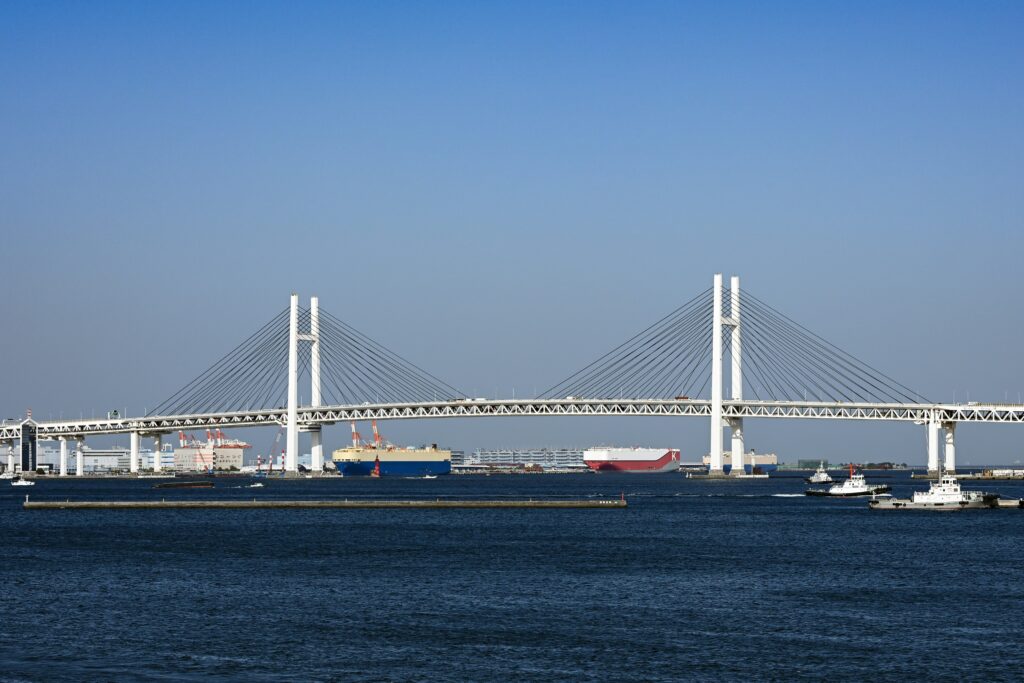
At midday, I noticed a small crowd forming in front of a quaint, Western-style brick restaurant. By the entrance, a chalkboard sign in handwritten script read: “Seafood Doria Lunch Set.” The place seemed to embody the way Yokohama had embraced Western culture over time. Drawn by the smell of bubbling cheese, I joined the line.
Inside, the restaurant had a nostalgic air, with antique-style decor and warm lighting. My dish arrived—a ceramic plate filled with creamy white sauce, gently baked until golden. Scallops, shrimp, and squid were nestled beneath the surface. One bite filled my mouth with the flavor of the sea, rich with the depth of the cheese and sauce. It struck me that this too was a taste created by Yokohama’s long, blended history.

In the afternoon, I headed to Yokohama Chinatown—one of the largest in East Asia. Compared to the ones in Kobe or Nagasaki, this one felt more vibrant, perhaps because generations of Chinese merchants had made it their home from the beginning, preserving authentic food and customs. Golden dragons, red gates, and the heady scent of spices filled the air. I stopped at a small shop for xiaolongbao—steamed dumplings with delicate skins and hot savory broth that burst in the mouth. It was indescribably good.
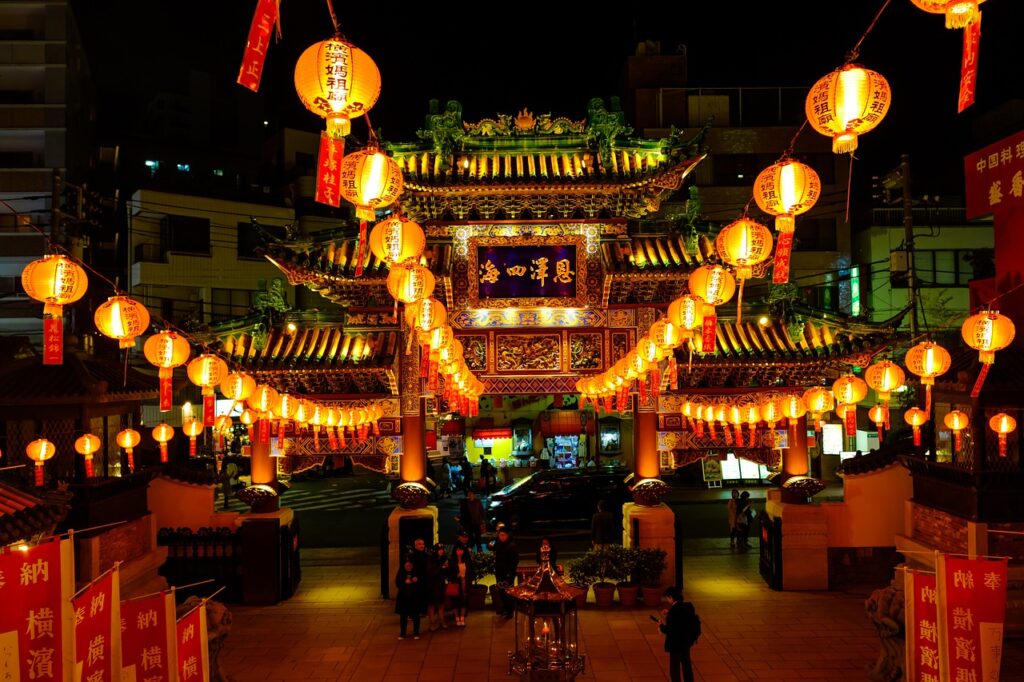
Later, I took a short trip to Sankeien Garden, a traditional Japanese garden created by a wealthy entrepreneur during the Meiji era. Historical buildings from Kyoto and Kamakura had been carefully relocated here, surrounding a serene pond where lotus flowers were blooming. The stillness was unfamiliar to someone from the U.S. or U.K.—a place where time seemed to stretch gently, carried only by the hum of cicadas rising into the summer sky.
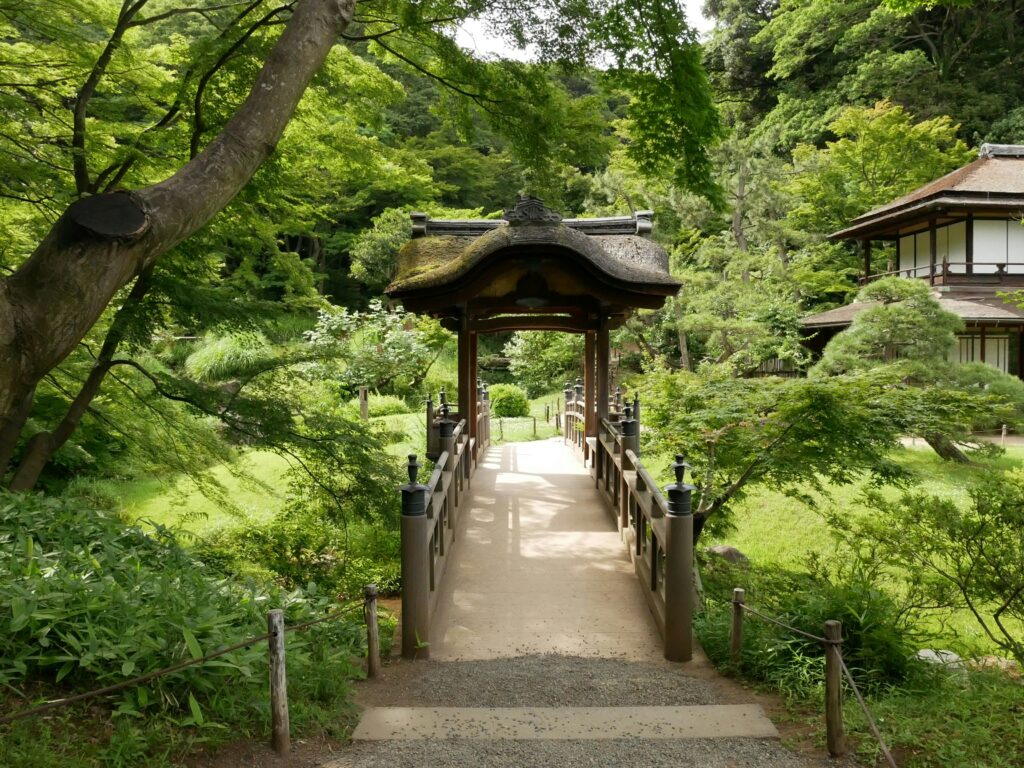
In the early evening, while resting near the Landmark Tower in the Minato Mirai district, I was approached by a Japanese woman. We happened to sit next to each other on a terrace café, and conversation came naturally. She was probably in her 40s, wearing a beige dress and a light cardigan, with a calm smile that made me feel at ease.

“Sometimes I miss this view,” she said softly, cupping her hands around her coffee mug as she looked toward the distant Ferris wheel. She worked at a Tokyo-based company now, but she was born and raised in Yokohama. Her high school had been just around the corner.
“I used to walk along the seaside after school,” she continued. “Back then, I had no idea what the future would hold. But something about this view… it gave me peace.”
There was a quiet strength in her eyes—something shaped by experience, an inner resilience that revealed itself gently.
“You came here hoping for something to change, didn’t you?”
She was right. No one had told me to come. I just followed the wind, without even knowing why.
Later that night, on her recommendation, I visited an observation floor in a tall building near the Ferris wheel. The sun had set, and the sky melted into shades of blue and gold. Through the wide glass windows, the nightscape of Yokohama unfolded like a sea of stars. Despite its modern skyline, the city felt tender—imbued with a human warmth.
I felt a quiet spark light up inside me.
The view, the conversations, the flavors—all things I would have missed had I not stepped away from my usual life. I realized that, somewhere in the rush of daily routine, I had sealed off a part of myself—the part that feels, tastes, and notices the world.

Before I knew it, night had fallen. The sky, once pale, had deepened into indigo. Lights from the Bay Bridge shimmered on the dark water. The Ferris wheel rotated slowly, changing colors, while a cool breeze drifted along the boardwalk. The city lights twinkled softly, like distant memories finding their way back to me.
What Yokohama’s nightscape taught me was not to fear change. That no matter how far you travel, there is always a place where a new version of yourself is waiting.
Though the stay had been short, time inside me had stretched—gently, but unmistakably. It felt as though Yokohama had nudged the hands of my inner clock a little bit forward, toward the future.
Something New Travel

